Building side rails on a flatbed trailer is an important step in enhancing the safety, functionality, and overall look of your transport vehicle. Side rails not only provide an extra layer of security for your cargo but also help in complying with transportation regulations. In this guide, we will dive deep into the various aspects of constructing side rails on flatbed trailers, discussing everything from materials to maintenance.
Understanding the Importance of Side Rails
1.1 Enhanced Cargo Security
Side rails act as a barrier, preventing cargo from shifting during transport. This is particularly vital for loads that can easily slide or roll off the trailer.

1.2 Regulatory Compliance
For many jurisdictions, certain types of loads require side rails for legal transport. Installing side rails helps ensure compliance with transportation laws.
1.3 Safety for Drivers and Other Road Users
By preventing cargo from spilling, side rails contribute to road safety, mitigating the risks of accidents caused by loose loads.
Materials Needed for Building Side Rails
Before commencing the construction process, it is essential to gather all necessary materials. Choosing high-quality materials will ensure durability and reliability.

2.1 Wood
- Types of Wood: Treated lumber, such as pressure-treated pine or cedar, are ideal due to their resistance to rot and pests.
- Advantages: Offers a lightweight, economical option that can be easily replaced as needed.
2.2 Metal
- Aluminum: Lightweight yet strong, resistant to rust, and ideal for heavy-duty applications.
- Steel: More durable than aluminum, often galvanized for rust resistance, making it perfect for rugged use.
2.3 Fasteners and Hardware
- Screws and Bolts: Use galvanized screws or bolts to ensure resistance to weather conditions.
- Hinges: Consider using heavy-duty hinges if you plan on building gates for easy access.

Tools Required for the Job
Equipping yourself with the right tools will make the construction process more efficient and precise.
| Tool Name | Purpose |
|---|---|
| Power Drill | For drilling holes and driving screws |
| Saw (Circular or Jigsaw) | For cutting wood or metal |
| Measuring Tape | To ensure precise measurements |
| Level | To check the evenness of the installation |
| Wrench | For tightening bolts |
| Safety Gear | Gloves, goggles, and a hard hat for protection |
Step-by-Step Guide to Building Side Rails
4.1 Planning and Measuring
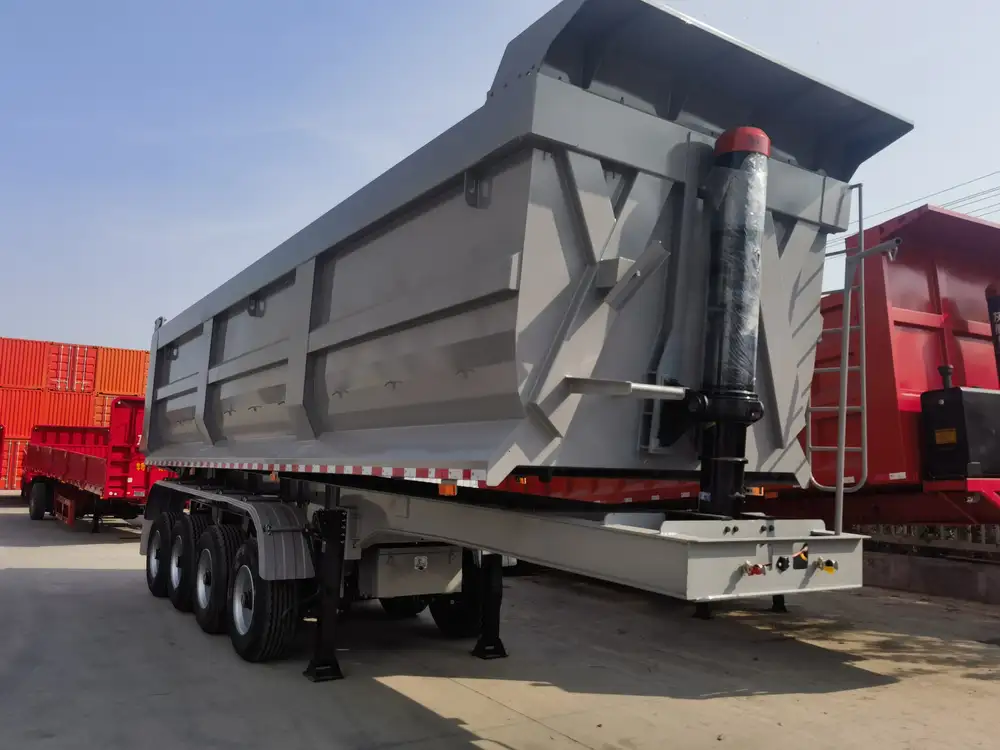
Conduct an Assessment of Your Flatbed Trailer
Begin by assessing the dimensions of your trailer. Measure the length and height at which you want to install the side rails. Ensure to consider the height of the cargo that will be transported.
4.2 Cut the Material
For Wooden Rails
- Measure and Mark: Measure the length of each side of the flatbed. Mark the lumber accordingly.
- Make the Cuts: Using the saw, cut the wood to the desired lengths, ensuring all pieces are straight and clean.
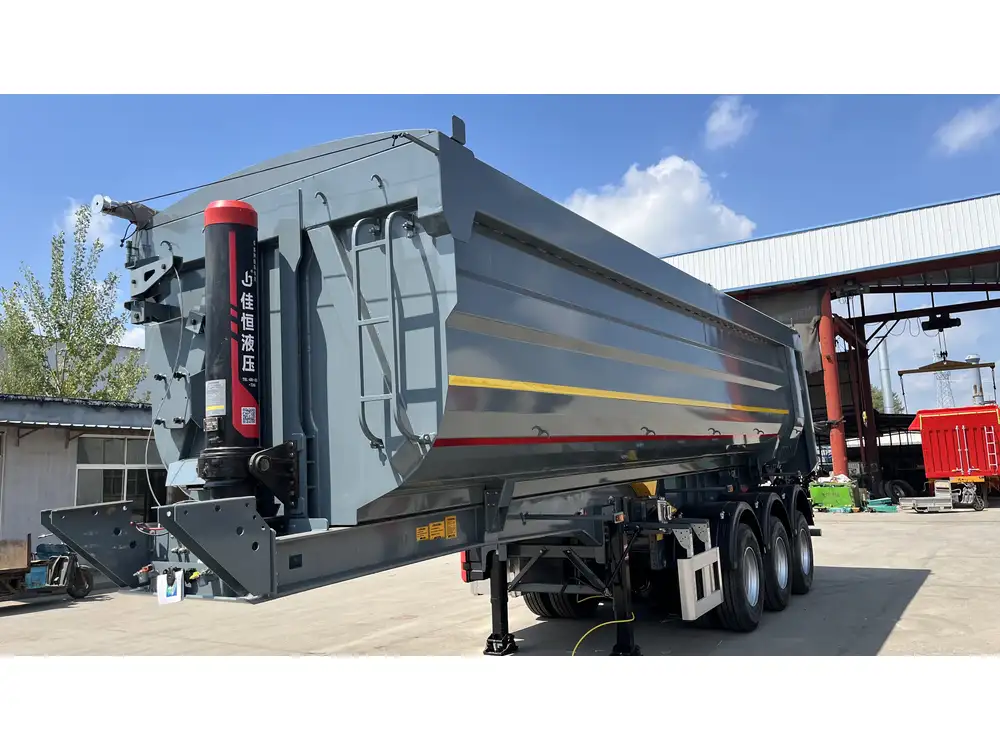
For Metal Rails
- Measure and Mark: Similar to wood, mark the dimensions on the metal piece with a marker.
- Cut: Use a metal saw or plasma cutter to cut the metal to size. Always wear safety gear when handling metal.
4.3 Preparation for Installation
- Smooth Edges: For wooden cuts, sand down the edges to avoid splinters. For metal, ensure there are no sharp edges.
- Paint or Treat Wood: Consider applying wood preservative to increase resistance to weather, or paint metal parts for an added layer of protection.
4.4 Installation of Side Rails

Choosing the Vertical Height
Decide the optimal height for the side rails. A common height is between 24 to 36 inches, but this may vary based on your cargo needs.
Attaching Rails
- Position the Rails: Align the first side rail flush with the cargo bed.
- Level It: Use the level to ensure it’s straight.
- Secure It: Using bolts or screws, secure the side rail in place, drilling into the trailer for a secure fit. Repeat this process for all four sides.
4.5 Gate Installation (Optional)
- Hinges: Attach hinges to the back of the side rails if you wish to install a gate.
- Install Gate: Measure and cut a wooden or metal piece for the gate and attach it to the hinges.
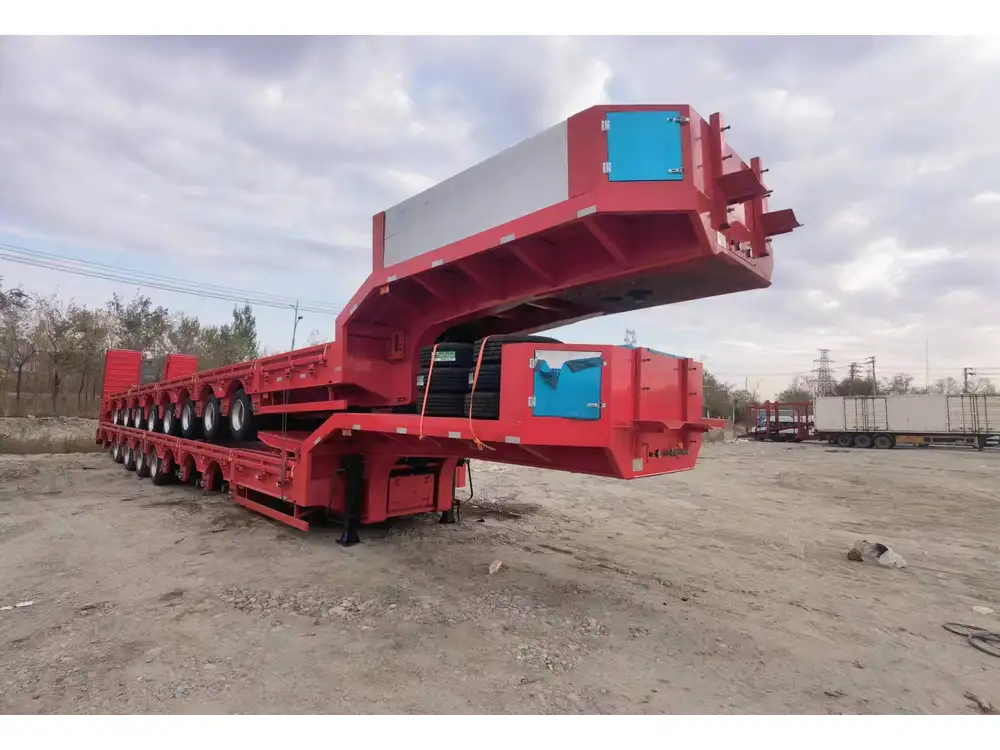
Maintenance Tips for Your Side Rails
Proper maintenance is crucial to prolonging the lifespan of your side rails. Here’s how to ensure they remain in top condition:
5.1 Regular Inspections
Perform regular inspections on your side rails to check for any signs of wear, rust (in the case of metal), or damage.
5.2 Cleaning
Keep the side rails clean by washing them periodically to remove dirt and debris. This is particularly important for metal rails to prevent corrosion.
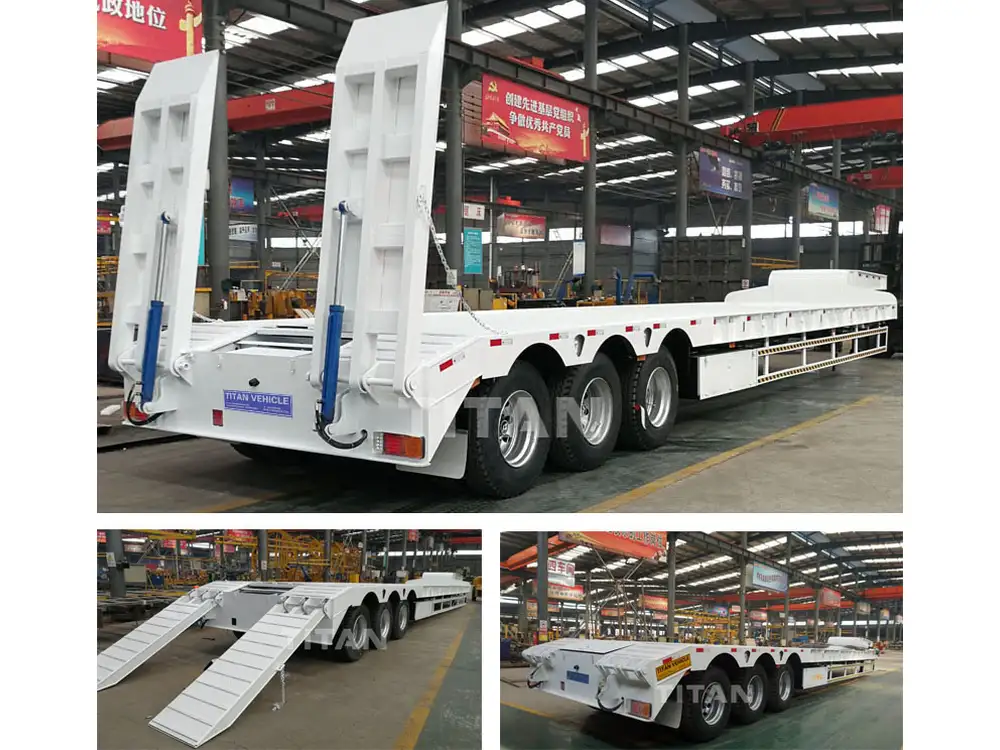
5.3 Repairs
Address any issues immediately. Replace damaged wood or rusted metal comprehensively to ensure your side rails continue to function effectively.
Common Issues and Helpful Solutions
6.1 Rails Not Level
If the side rails appear uneven after installation, inspect your measurements and adjust accordingly. Use shims where necessary to level them out.
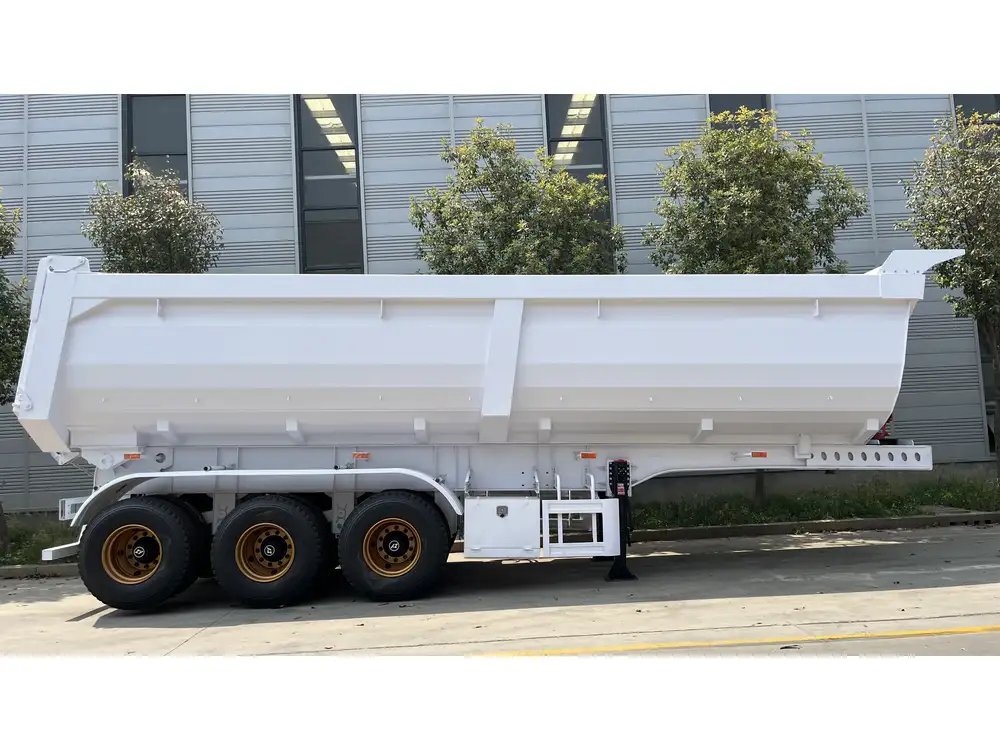
6.2 Weak Rails
If rails seem unstable during transport, reinforce them with additional brackets or consider using thicker material.
6.3 Operational Difficulties with Gates
Ensure hinges are lubricated and functioning correctly. Adjust the gate alignment if it does not open or close smoothly.
Final Thoughts
Constructing side rails on your flatbed trailer is a straightforward process that enhances security and utility while complying with safety regulations. By using the right materials, tools, and following a detailed step-by-step guide, you can create side rails that not only look great but stand the test of time. The added safety, convenience, and functionality are well worth the effort invested. So gather your materials, set your workspace, and get to building!
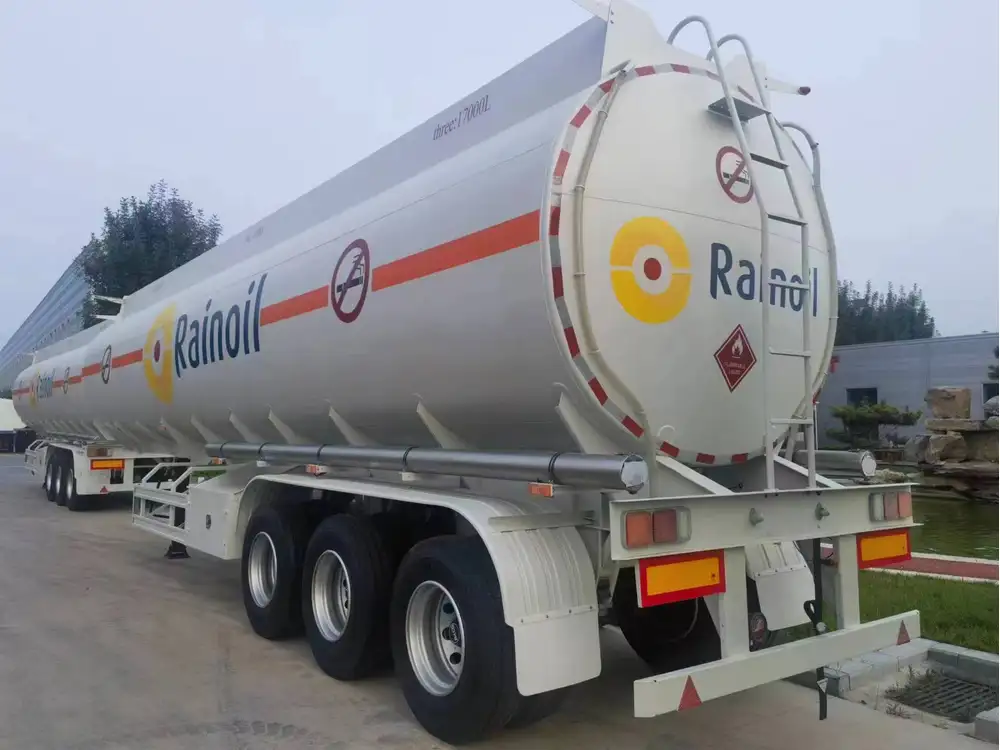
FAQs
What height should my side rails be?
The ideal height typically ranges from 24 to 36 inches. However, this should be adjusted based on the height of the cargo you plan to transport.
Can I use any type of wood for my side rails?
While untreated wood can be used, treated lumber is recommended due to its resistance to decay and pests.
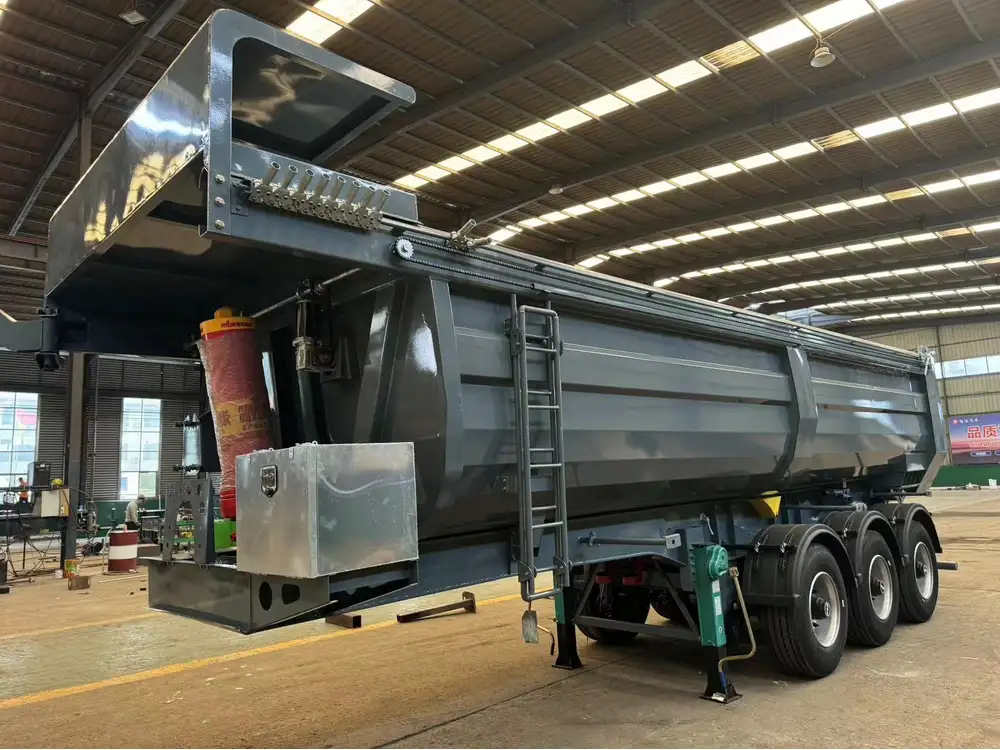
Are side rails mandatory for all flatbed trailers?
Not all flatbed trailers require side rails, but they are essential for specific loads to ensure safety and regulatory compliance. Always check local laws before transporting cargo.
What are the best materials for side rails?
Wood and metal (aluminum or steel) are both excellent choices. The selection depends on the specific needs and the expected weight of the cargo.
With this comprehensive guide, you are equipped with the knowledge and steps needed to successfully build side rails on your flatbed trailer. Happy building!



